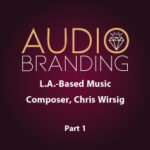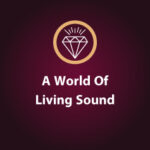In this interview, I had the joy of talking with Chris Wirsig, a classically training pianist and saxophone player. He’s been able to take his classically trained skills and spend the last 20 years in music production and composition for games, film and TV. He has a love for darker sounding music and his productions […]
Archives for December 2020
Jingles All The Way
The holidays are just around the corner, and we all know what that means: Christmas songs on the radio and holiday jingles in just about every store. But there’s one kind of traditional jingle we aren’t as likely to hear these days: the commercial jingle. If you used to wish you were an Oscar Mayer […]
Interview with Life Coach & Shamanic Sound Healer, Kaye Doran – Part 2
I’m excited to be sharing the second half of my interview with Kaye Doran. In the first part, Kaye shared so much with us and what she does in her work. In this second part, we’re continuing the conversation about everything from how to use your own tools/instruments to how she uses her work […]
Interview with Life Coach & Shamanic Sound Healer, Kaye Doran – Part 1
This interview is unlike any other that I’ve had the opportunity to do and Kaye Doran brings such a fascinating take on life! She’s an entrepreneur and is passionate about helping people create their greatest lives, from the inside out. She is both a life coach and a shaman, which creates such a unique […]
A World of Living Sound
So much has changed about our world, from one century to the next, even from year to year. Just imagine taking someone even from the 1980s and dropping them into the world we live in right now, much less someone from a hundred or two hundred years ago. But all the way back through history, […]


